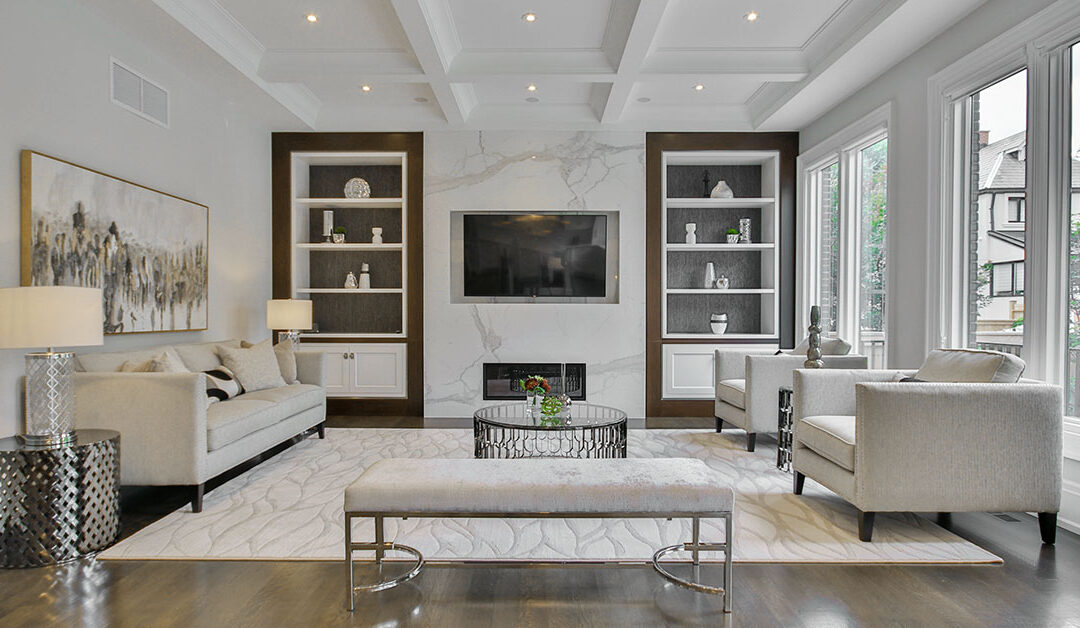One very important part of the architectural design of houses is molding. Often overlooked, molding has a way of pulling a room together better than anything else. Molding is decorative and can certainly be elegant. It does, however, have some practical uses.
There are a wide variety of moldings available. Choosing a molding is important, as they can really shape the way a room appears, often without the occupant entirely realizing. So, what are some of the molding types? What do they look like?
Standard
In terms of molding, likely the two most common types are casing and baseboard. The casing is the simple molding that surrounds doors and windows that serves as a border between them and the wall. The baseboard is found where the floor and walls meet. Both casing and baseboard are typically simple in design and only a few inches wide. There is some variation, and you should be able to find those that fit your home.
Functional
While being appealing accents to a room, some moldings are actually very functional. Two moldings that fit this bill perfectly are the chair rail and picture rail molding. While being decorative for the lower portion of a wall, chair molding actually serves to protect walls from being damaged by chairs. Likewise, picture rail molding is molding used to hold picture frames without putting holes into the wall.
Crown and Cove
Crown and cove molding are both for the transition between wall and ceiling, though crown molding is the more ornate of the two. Both of these moldings add dimension and help change the perception of a room by helping the design flow between wall and ceiling.
These moldings are only a portion of those available to the homeowner today. With careful consideration, you can find molding that is both visually appealing and functional in your home.

